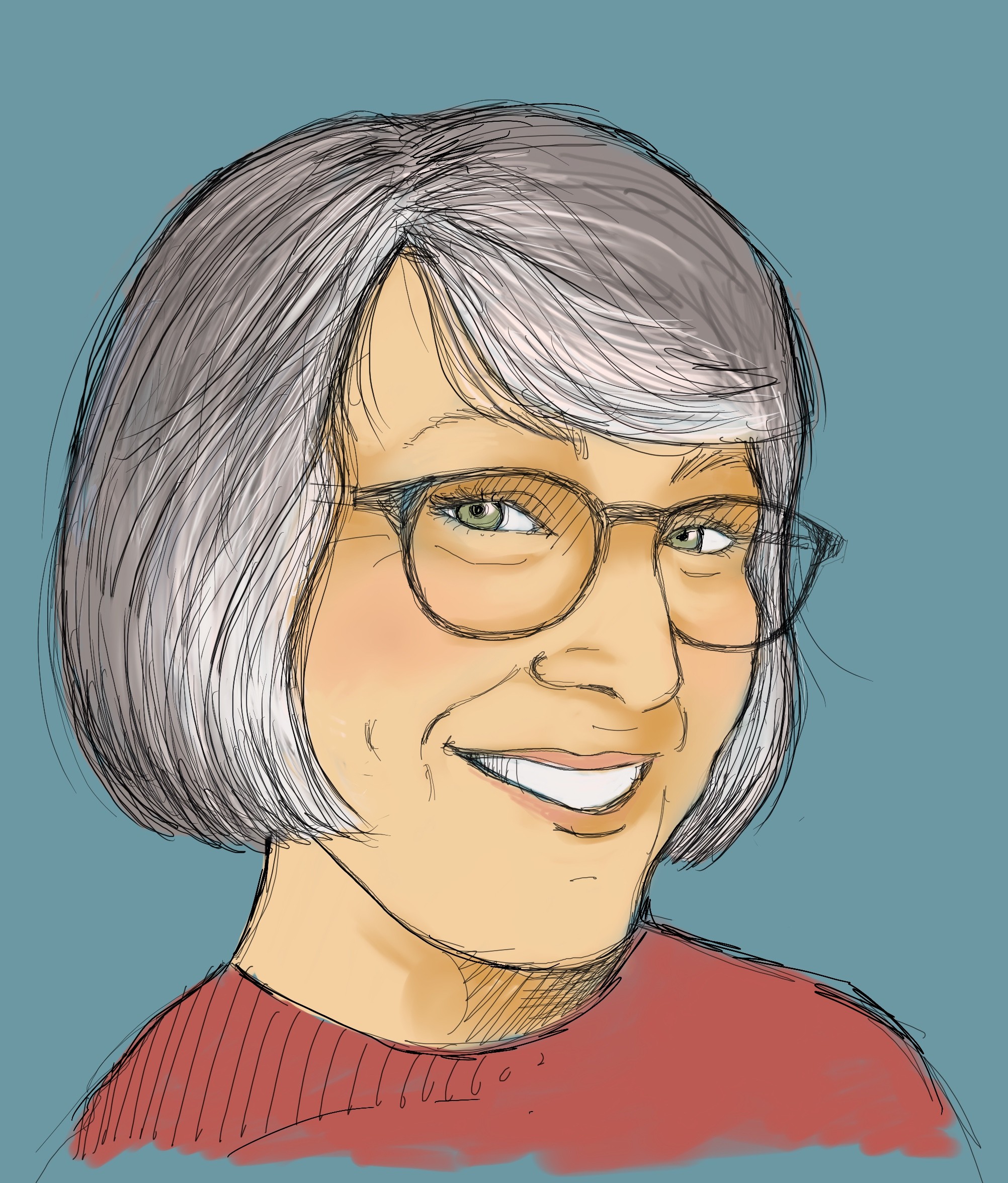We’re excited to introduce you to the always interesting and insightful KARIN SAMATIS. We hope you’ll enjoy our conversation with KARIN below.
KARIN, thanks for taking the time to share your stories with us today Are you able to earn a full-time living from your creative work? If so, can you walk us through your journey and how you made it happen?
I have been very fortunate to walk out of art school and right into a creative job. I went to school to study illustration, specifically fashion illustration. When I started to show my portfolio, I realized that in the early ’80s, fashion illustration was basically dead and was mainly photography. Then I interviewed with an up-and-coming advertising agency called Hill Holliday, and they hired me on the spot as a staff illustrator, creating concept illustrations. I was illustrating concepts for print ads, brochures, and TV commercials. It was a dream job, basically drawing for a living.



KARIN, before we move on to more of these sorts of questions, can you take some time to bring our readers up to speed on you and what you do?
After cutting my teeth in an advertising agency, I left to go freelance. At the time, work just flowed my way since Boston was becoming a hub for producing high-end TV commercials, and the advertising community was growing, dealing with national and international accounts. Then, production and film companies started setting up shops in Boston, and I found a lucrative career doing TV storyboarding for most of the ad agencies and production shops in the Boston area. Being a freelancer was also great for raising a family since I could pick and choose jobs that would fit into both my personal and professional life.
Meanwhile, I was pursued by a few local design and art schools to teach concept art and illustration as part of their design curriculum. I started out at the Art Institute of Boston (now part of Lesley College) then went on to do adjunct teaching stints at Mt. Ida College and Butera School of Art.
As the advertising industry started to change direction and I grew older and less interested in competition, I left the fast-paced world of advertising. My day job now is as a sign artist for one of the local Trader Joe’s stores, where my traditional illustration and concept art background flows easily into the traditional branding of the original sign art, which is the trademark of all Trader Joe’s stores.
Also, as a concept artist in advertising and design for many years, it took a while for me to find my artistic voice as a fine artist. That’s when I decided to start painting unusual objects and settings, from colorful fruits and veggies from farmers’ markets to the food my daughter, a chef, has prepared, or my morning coffee in tranquil settings as I travel. Sometimes, I bring all the fun of my whimsical illustration background into some of my more unusual paintings.



We’d love to hear a story of resilience from your journey.
You need resilience to pursue art as a living. It is extremely hard, and when I started, there was no social media or email. I had to make cold calls and set up interviews. At one point, I was working for a type house when I was a senior in art school and would deliver packages to the designer or art director who contracted the job, sneaking by the receptionist to hand-deliver the package and hoping to strike up a conversation and get an interview. It actually worked.
As a freelancer, I was constantly looking for work. Once a project was finished and I had dead time, I would go into a panic, wondering when my next job would happen. You can’t give up! You would start calling creatives that you had worked with or send out promotional materials, which would cost money to print. I was very lucky that my dry spells were not that long.
Then came the internet! Building my first websites was hard and took hours of time, but eventually, it paid off, although it was still expensive and sometimes unreliable. Social media also has its drawbacks. With the multitude of artists out there now, how do you get found? I think it was easier when the internet media world was limited.
Do you think there is something that non-creatives might struggle to understand about your journey as a creative? Maybe you can shed some light?
The one thing that stands out in my mind that non-creatives don’t understand is that most artists identify as an artist before being an individual, and when someone criticizes their work as an artist, that artist takes it personally because they put so much of themselves into that piece of art.
When I talk to my students or younger creative people I’ve been working with, I remind them that the person, client, or superior is not criticizing them personally; they are commenting on the art. It’s usually to make suggestions to make it better, or sometimes they may not like that work of art, but they are not criticizing the individual personally. We as artists often take this as a personal attack; believe me, I have fallen right into that category myself.
With my words of wisdom that I pass on, I say, ‘You are creating art; you are not art.’
Contact Info:
- Website: www.samatisstudios.com
- Instagram: @samstudios
- Facebook: Karin Samatis
- Linkedin: Karin Samatis


